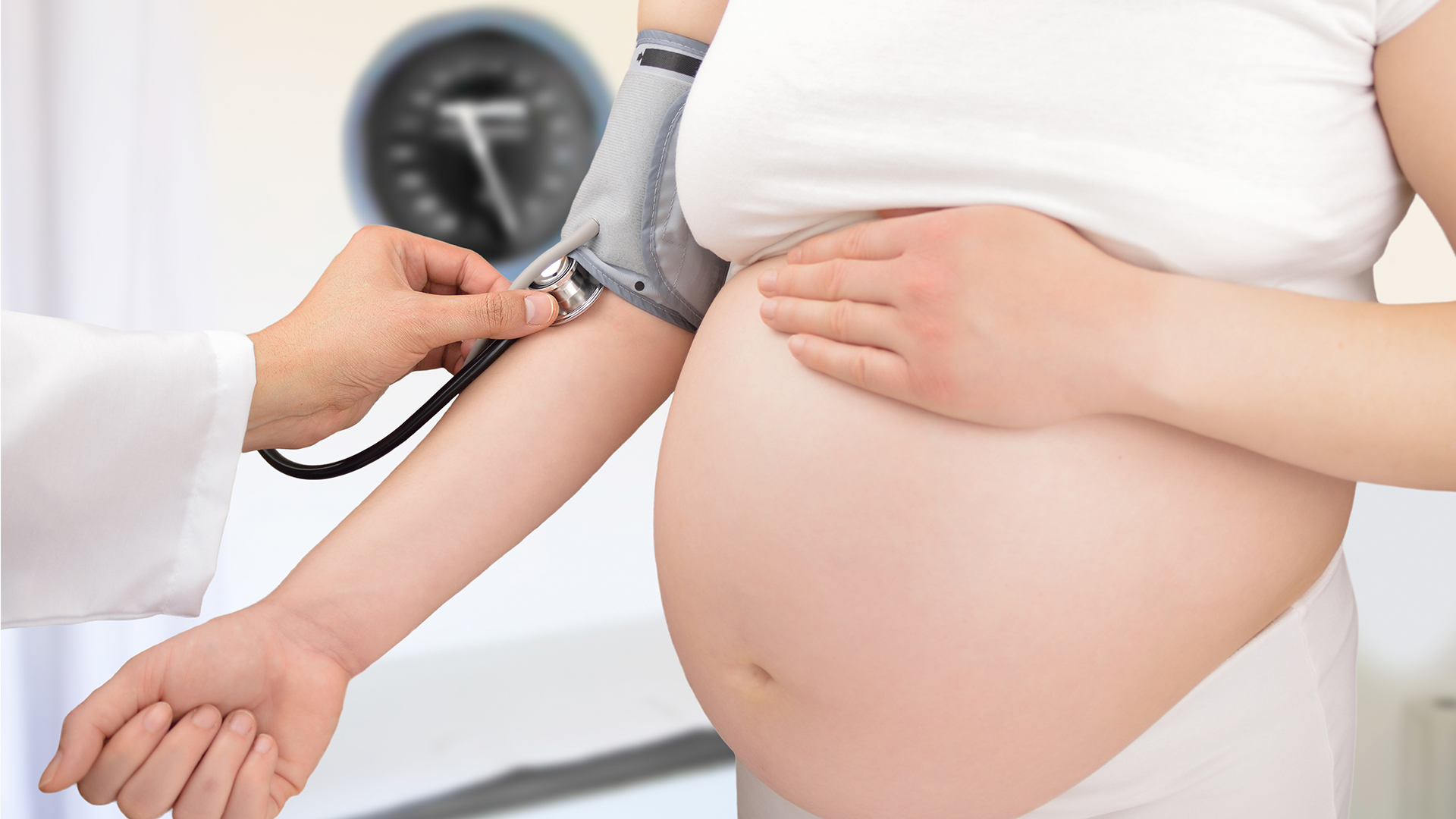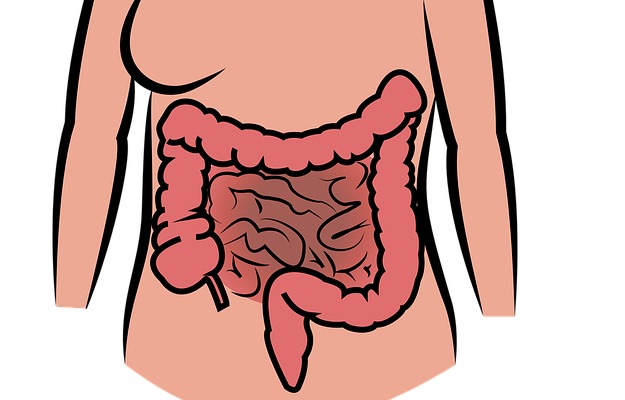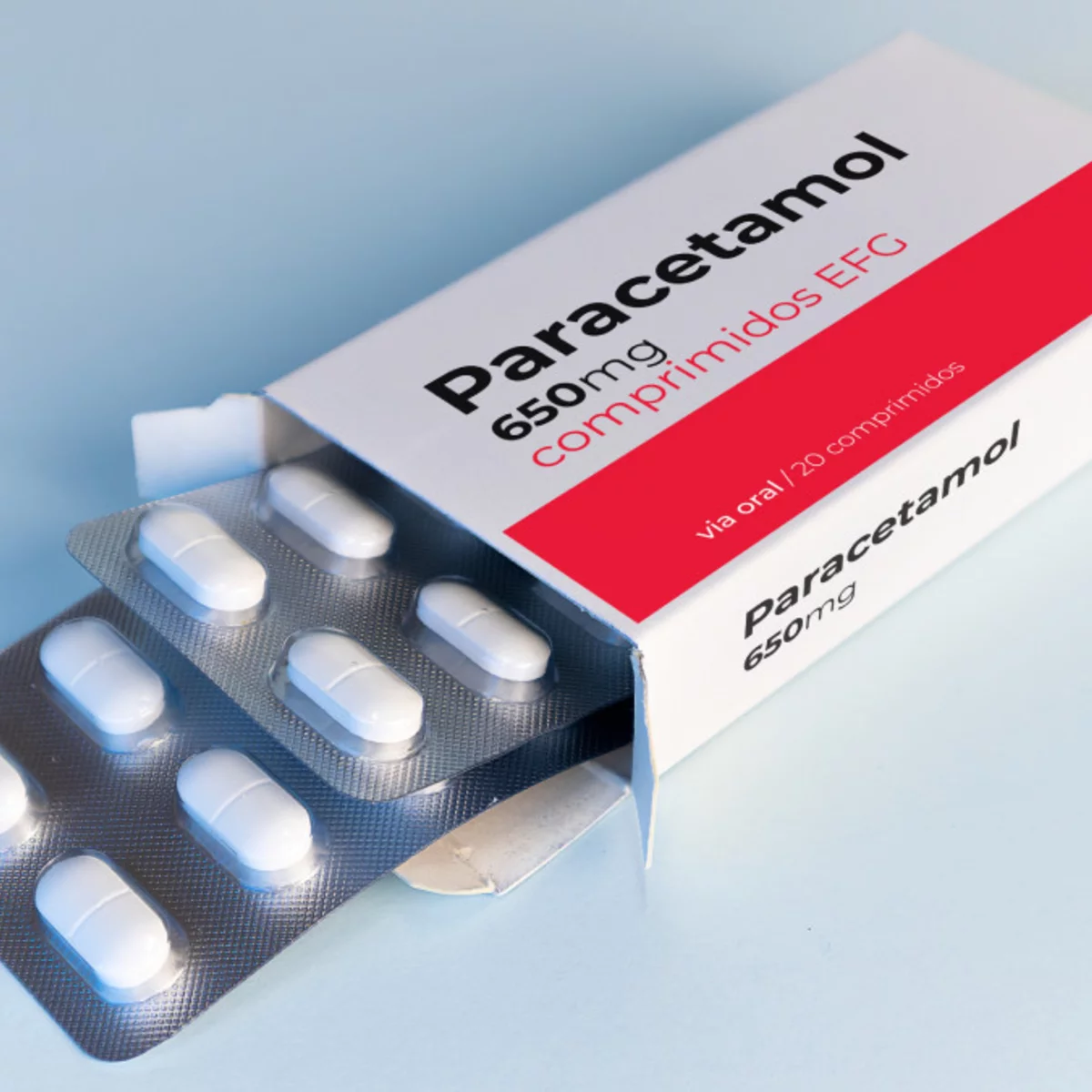Pre eclampsia: A complication of pregnancy.
Pre eclampsia: A complication of pregnancy.


Author: Muntazim Aalam
(Karaganda Medical University)
Aim:
To raise awareness about pre-eclampsia, improve care, and ease or prevent physical and emotional suffering caused by the disease.
keywords: preeclampsia, eclampsia, proteinuria, HELLP syndrome.
Introduction:
Preeclampsia is a pregnancy complication with high BP(Blood pressure) and causes damage to organs, mainly the liver and kidneys. It usually occurs after 20 weeks of pregnancy, although it can develop earlier or even postpartum. Preeclampsia affects about 5-8% of pregnancies worldwide and is a leading cause of maternal and fetal morbidity and mortality.
The exact cause of preeclampsia is unknown, but it is believed to involve a combination of genetic, environmental, and immune factors. Some risk factors for developing preeclampsia include first-time pregnancy, multiple pregnancies (such as twins or triplets), maternal age over 35 or under 20, obesity, chronic hypertension, and a family history of preeclampsia.
Preeclampsia vs eclampsia
Preeclampsia and eclampsia are related conditions that can occur during pregnancy. Preeclampsia is a pregnancy disorder characterized by high blood pressure (hypertension) and damage to organs, typically the liver and kidneys. Eclampsia, on the other hand, is a severe and potentially life-threatening complication of preeclampsia that involves the occurrence of seizures.
Here are the key differences between preeclampsia and eclampsia:
Preeclampsia:
Preeclampsia is diagnosed when a pregnant woman develops high blood pressure (typically above 140/90 mm Hg) after 20 weeks of pregnancy.
Proteinuria (presence of protein in urine) is often present in preeclampsia, but it is not a mandatory criterion for the diagnosis.
Other symptoms of preeclampsia may include swelling (edema), headaches, changes in vision, abdominal pain, nausea, vomiting, and decreased urine output.
If left untreated, preeclampsia can progress to eclampsia.
Eclampsia:
Eclampsia is diagnosed when a woman with preeclampsia develops seizures that cannot be attributed to other causes, such as epilepsy.
Seizures in eclampsia can occur before, during, or after labor and delivery.
Eclampsia is a medical emergency and requires immediate attention and treatment to protect the mother and baby.
Seizures in eclampsia can range from mild to severe and can involve loss of consciousness, convulsions, muscle stiffness, and other neurological symptoms.
Eclampsia can have serious complications, including brain damage, stroke, and maternal or fetal death.
Symptoms of the preeclampsia
The symptoms of preeclampsia can vary from woman to woman. Some women may experience mild symptoms, while others may have more severe manifestations. Here are the common signs and symptoms of preeclampsia:
1.High blood pressure (hypertension): This is one of the primary indicators of preeclampsia. A blood pressure reading of 140/90 mm Hg or higher on two separate occasions, at least four hours apart, is typically considered elevated.
2.Proteinuria: Protein in the urine is another hallmark symptom of preeclampsia. It can be detected through a urine sample during prenatal check-ups. Excessive protein in the urine is generally a sign of kidney damage.
Swelling (edema): While mild swelling is a normal part of pregnancy, preeclampsia-related edema tends to be more pronounced. It usually affects the hands, face, and feet, and can be accompanied by rapid weight gain.
3.Headaches: Persistent, severe headaches that do not subside with usual remedies can be an indication of preeclampsia. These headaches may be accompanied by visual disturbances, such as blurred vision, sensitivity to light, or seeing flashing lights.
4.Abdominal pain: Preeclampsia can cause pain in the upper right portion of the abdomen, near the liver. This pain may be sharp or dull and can be a sign of liver involvement.
5.Nausea and vomiting: Some women with preeclampsia may experience persistent nausea and vomiting, which can be mistaken for normal morning sickness during pregnancy.
6.Changes in vision: Preeclampsia can affect vision, leading to blurred vision, double vision, or temporary loss of vision. It may also cause sensitivity to light or seeing spots or flashing lights.
7.Shortness of breath: Difficulty breathing or shortness of breath can occur in severe cases of preeclampsia due to fluid buildup in the lungs.
8.Decreased urine output: Preeclampsia can reduce urine production, leading to decreased frequency of urination and less urine output.
Complications:
Preeclampsia is a potentially serious pregnancy complication characterized by high blood pressure and signs of damage to organs, typically the liver and kidneys. If left untreated, it can lead to severe complications for both the mother and the baby. Here are some of the potential complications associated with preeclampsia:
1. Eclampsia: This is a severe form of preeclampsia characterized by seizures. Eclampsia can be life-threatening for both the mother and the baby.
2. HELLP syndrome: HELLP stands for Hemolysis, Elevated Liver enzymes, and Low Platelet count. It is a variant of preeclampsia that involves liver dysfunction, low platelet count, and red blood cell breakdown. HELLP syndrome can cause organ damage and bleeding complications.
3. Organ damage: Preeclampsia can lead to damage in various organs, including the liver, kidneys, and brain. It may result in liver failure, kidney failure, pulmonary edema (fluid in the lungs), or stroke.
4. Placental abruption: Preeclampsia increases the risk of placental abruption, where the placenta separates from the uterine wall before delivery. Placental abruption can cause heavy bleeding and compromise the oxygen supply to the baby.
5. Fetal growth restriction: Preeclampsia can impair the blood supply to the placenta, limiting the nutrients and oxygen that reach the developing fetus. This can result in slow fetal growth and low birth weight.
6. Premature birth: To protect the mother and the baby from further complications, early delivery may be necessary in severe cases of preeclampsia. Premature babies are at a higher risk of various health problems due to their underdeveloped organs.
7. Long-term cardiovascular risks: Women who have had preeclampsia during pregnancy have an increased risk of developing cardiovascular diseases, such as high blood pressure, heart disease, and stroke, later in life.
Diagnostic evaluation:
The diagnostic evaluation for preeclampsia typically involves a combination of clinical assessments, laboratory tests, and monitoring of blood pressure and symptoms. Here are some common diagnostic procedures and evaluations used for preeclampsia:
1. Blood pressure measurement: Preeclampsia is defined as a systolic blood pressure of 140 mm Hg or higher or a diastolic blood pressure of 90 mm Hg or higher, measured on two separate occasions at least four hours apart, in a woman who was previously normotensive.
2. Urine analysis: A urine sample is usually examined for the presence of proteinuria, which is an important indicator of preeclampsia. Proteinuria is defined as the presence of 300 mg or more of protein in a 24-hour urine collection or a urine protein/creatinine ratio of 0.3 or higher.
3. Blood tests: Several blood tests may be performed to assess organ function, detect abnormalities, and evaluate the severity of preeclampsia. These tests may include:
A.Complete blood count (CBC): To check for anemia, platelet count, and signs of blood clotting problems.
B.Liver function tests: To assess liver function and detect liver damage or dysfunction.
C.Kidney function tests: To evaluate kidney function and detect any abnormalities.
D.Blood clotting profile: To assess the blood's ability to clot properly.
E.Serum creatinine and uric acid levels: Elevated levels may indicate impaired kidney function.
F.Other tests as deemed necessary by the healthcare provider.
4. Fetal monitoring: Regular fetal assessment is important to ensure the well-being of the baby. This may include fetal ultrasound for growth monitoring, Doppler ultrasound to assess blood flow in the umbilical artery, and non-stress test or biophysical profile to evaluate fetal heart rate and activity.
Management and treatment
Preeclampsia focuses on managing the condition, controlling symptoms, and preventing complications. The specific treatment approach will depend on the severity of the preeclampsia, the gestational age of the pregnancy, and the overall health of the mother and baby. Here are some common treatment options for preeclampsia:
1. Blood pressure management: Controlling high blood pressure is a key aspect of preeclampsia treatment. Depending on the severity, medication may be prescribed to lower and maintain blood pressure within a safe range. Medications like labetalol, methyldopa, or nifedipine are commonly used during pregnancy.
2. Magnesium sulfate: Magnesium sulfate is given intravenously to prevent seizures (eclampsia) in women with severe preeclampsia or those at high risk. It is an anticonvulsant medication that helps protect the mother from seizures.
3. Corticosteroids: If preterm delivery is imminent due to severe preeclampsia, corticosteroids such as betamethasone may be given to accelerate fetal lung maturation and improve the baby's outcomes.
4. Fluid balance management: Adequate fluid balance is important in preeclampsia management. Intravenous fluids may be administered to ensure hydration and maintain proper electrolyte balance.
5. Close monitoring: Regular monitoring of blood pressure, urine protein levels, and fetal well-being is essential in managing preeclampsia. This includes frequent prenatal visits, blood tests, urine analysis, and fetal monitoring through ultrasound or other techniques.
6. Hospitalization: In severe cases of preeclampsia, hospitalization may be necessary for closer monitoring and management. This allows healthcare providers to closely observe the mother's condition, administer appropriate medications, and ensure the safety of both the mother and the baby.
7. Delivery of the baby: The ultimate treatment for preeclampsia is delivery. If the condition is severe or the baby is at risk, the healthcare provider may recommend early delivery. The timing and mode of delivery (vaginal or cesarean) depend on various factors, including the gestational age, severity of preeclampsia, and the condition of the mother and baby..
Conclusions:
preeclampsia is a serious pregnancy complication characterized by high blood pressure and signs of organ damage, typically the liver and kidneys. It can lead to severe complications for both the mother and the baby if left untreated. Early detection, close monitoring, and appropriate management are crucial to minimize the risks associated with preeclampsia.
The management of preeclampsia focuses on controlling blood pressure, preventing seizures, and ensuring the well-being of the mother and the baby. Treatment options may include medication to lower blood pressure, magnesium sulfate to prevent seizures, corticosteroids to promote fetal lung maturation, and close monitoring of fluid and electrolyte balance. In severe cases, early delivery may be necessary to protect the health of the mother and the baby.
Regular prenatal care, including blood pressure monitoring and urine protein analysis, is essential to detect preeclampsia early. Timely interventions and appropriate management can help reduce the risk of complications such as eclampsia, organ damage, placental abruption, fetal growth restriction, and premature birth.
It's important for women with a history of preeclampsia to receive postpartum care and follow-up to monitor their blood pressure and long-term cardiovascular risks. Preeclampsia increases the risk of developing cardiovascular diseases later in life.
Overall, preeclampsia requires prompt medical attention, close monitoring, and individualized management to ensure the best possible outcomes for both the mother and the baby.
References:
1. American College of Obstetricians and Gynecologists. (2020). Hypertension in Pregnancy: Report of the American College of Obstetricians and Gynecologists' Task Force on Hypertension in Pregnancy. Obstetrics & Gynecology, 135(2), e237–e260. doi: 10.1097/AOG.0000000000003713
2. Roberts, J. M., & Cooper, D. W. (2001). Pathogenesis and genetics of pre-eclampsia. The Lancet, 357(9249), 53–56. doi: 10.1016/S0140-6736(00)03577-7
3. Magee, L. A., & von Dadelszen, P. (2019). Pre-eclampsia: An update. Current Hypertension Reports, 21(8), 62. doi: 10.1007/s11906-019-0978-2
4. American Heart Association. (2019). Preeclampsia and High Blood Pressure During Pregnancy.
5. National Institute for Health and Care Excellence. (2019). Hypertension in pregnancy: diagnosis and management.
Articles from Muntazim Aalam
View blog
Malabsorbtion syndrome: An Overview · Author: Muntazim Aalam · (Karaganda Medical University) · Aim: ...

Paracetamol Toxicity: · An Overview. · Author: Aalam Muntazim · (Karaganda Medical University) · Aim ...

how effective and safe budesonide/formoterol are comparison with the salbutamol in the treatment of ...
Related professionals
You may be interested in these jobs
-

Storekeeper
1 day ago
Centrix Interiors Bengaluru, India Full timeCompany Overview · Centrix Interiors is a leading company in the Interior Design industry. We specialize in creating future-ready workspaces that are truly mesmerizing and intuitive for employees, ultimately making organizations more efficient and increasing productivity. With a ...
-
Field Engineer
4 days ago
Mace Ahmedabad, India Full timePosition status: This opportunity is for a secured role that is due to commence in January subject to approval. If you would like to be considered as we progress with this position, please click to apply. · At Mace, our purpose is to redefine the boundaries of ambition. We believ ...
-
Sr. Exe/Asst. Manager – Account
4 days ago
Times Network Mumbai, IndiaTIMES NETWORK, a premium broadcast network is part of India's largest media conglomerate, The Times Group. Times Network with its credo Now or Nothing takes the centre stage of influencing the influencer, by delivering the most compelling and irreplaceable content to over 100 mil ...


Comments